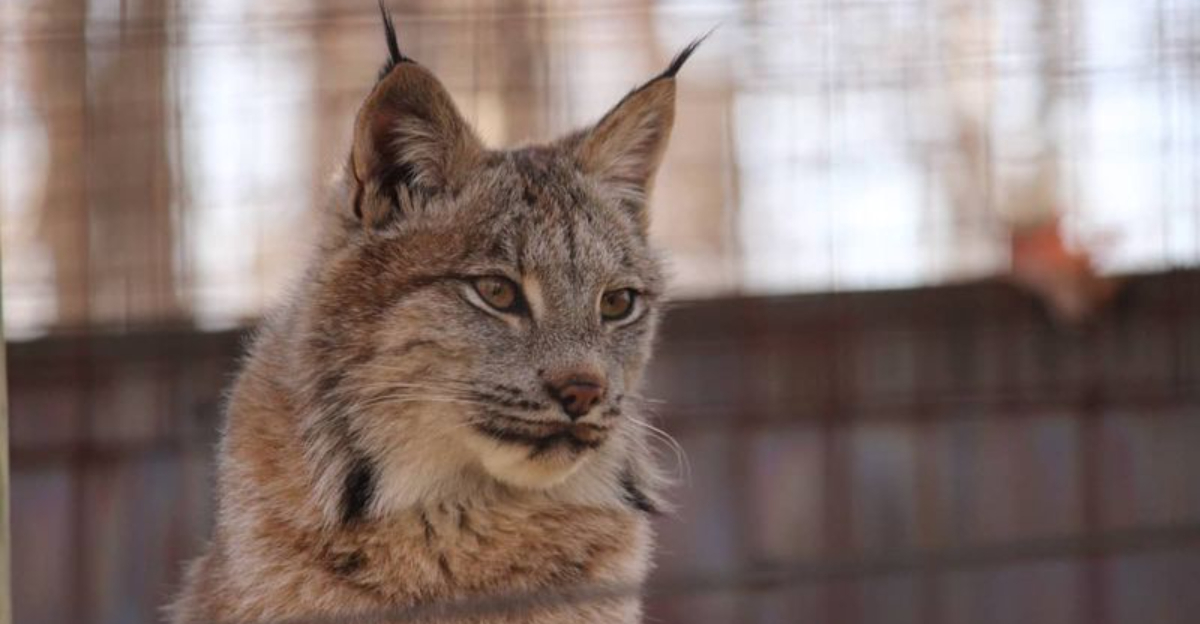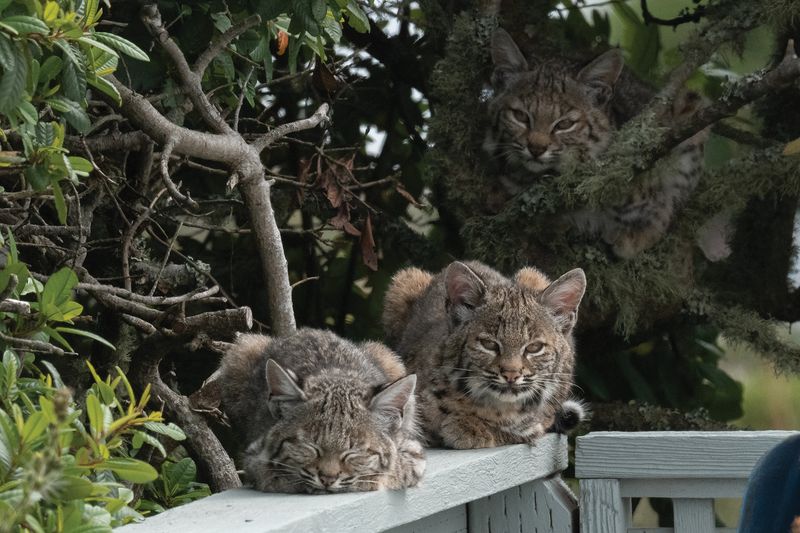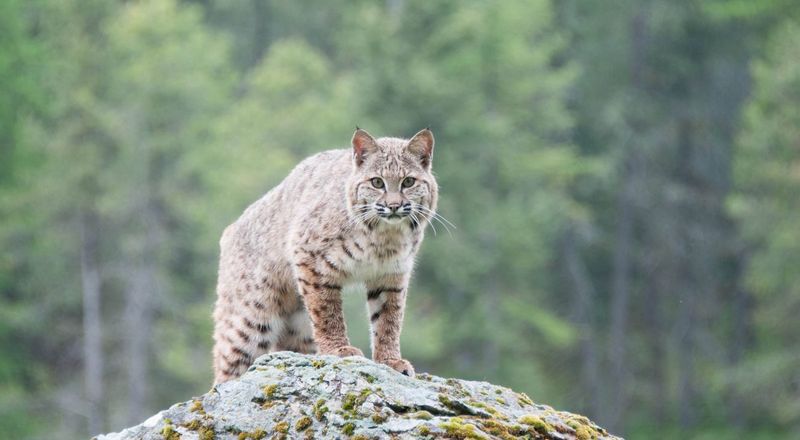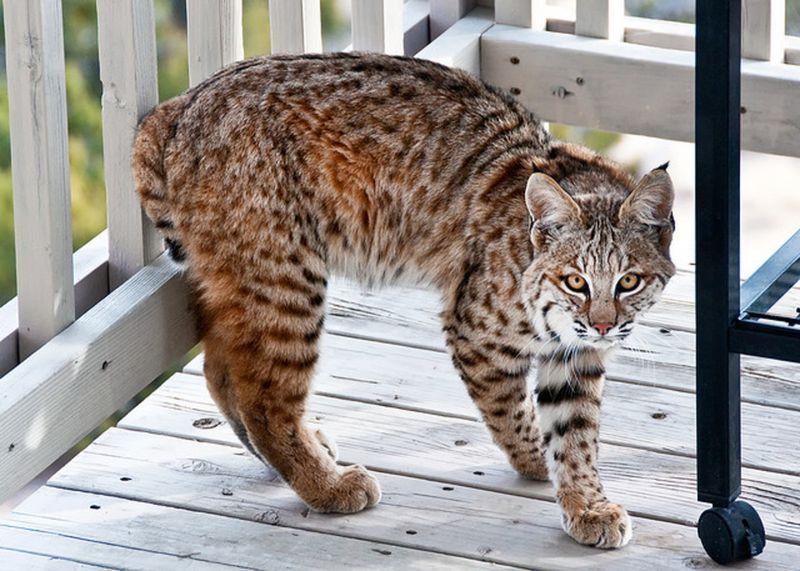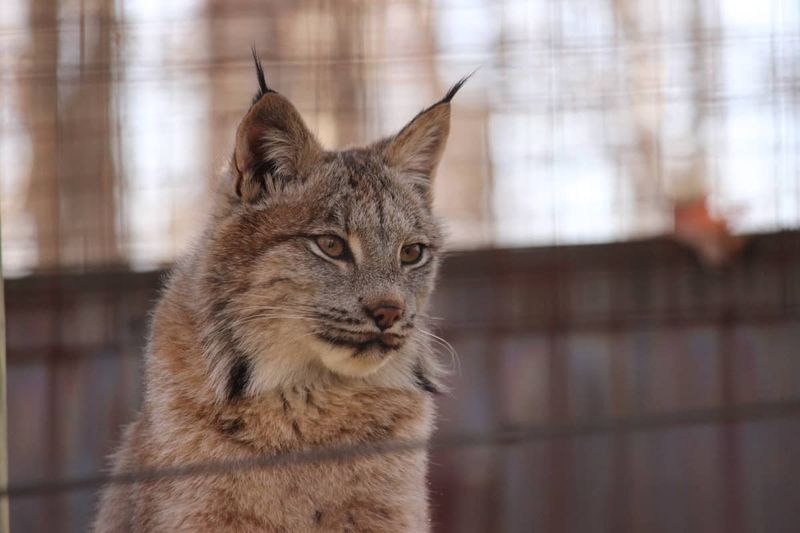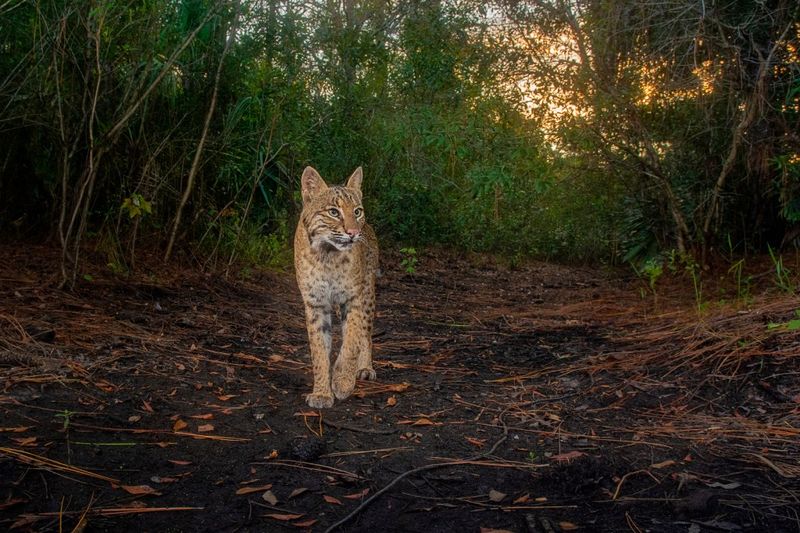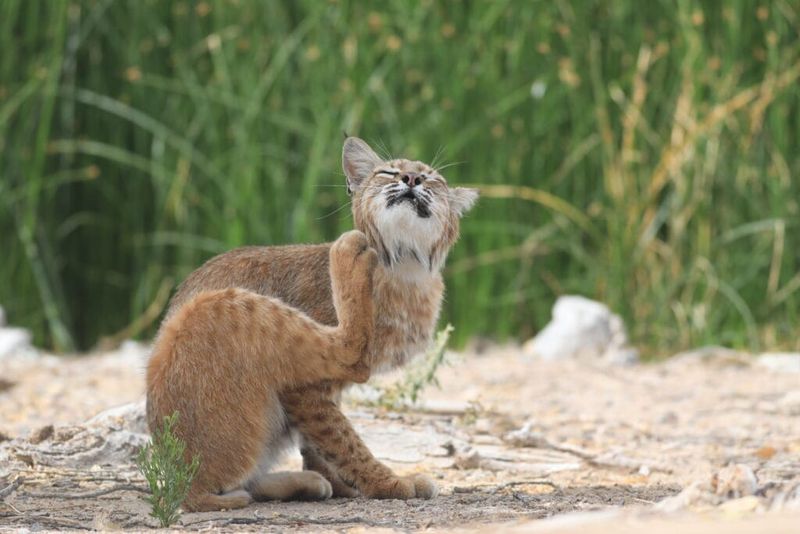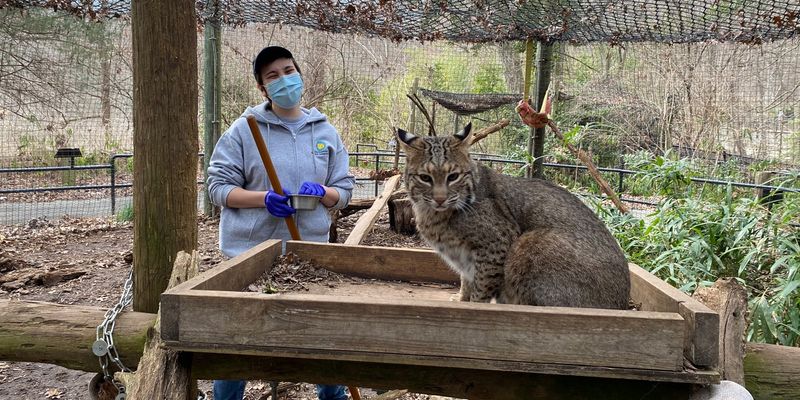📖 Table of Content:
Bobcats are awe-inspiring wild felines native to North America. While they play a crucial role in their natural ecosystems, their allure has led some to consider them as pets. This blog explores their ecological significance and the inherent risks of domesticating these wild creatures.
1. Bobcats’ Role in Controlling Prey Populations
As natural predators, bobcats play a vital role in controlling prey populations. They help maintain the balance by preying on small animals like rodents and rabbits. This natural predation keeps ecosystems healthy by preventing overpopulation. Without predators like bobcats, prey species could grow unchecked, leading to habitat degradation. Bobcats’ hunting skills are not just instinctual; they are honed through keen observation and precise timing. Their presence is essential for a thriving natural environment.
2. Bobcats and Biodiversity
Bobcats contribute significantly to biodiversity. By preying on various species, they help maintain the ecological equilibrium. This ensures a diverse and dynamic habitat where multiple species can thrive. Their interactions with other wildlife promote genetic diversity and protect ecosystem health. Bobcats’ influence extends beyond hunting; their mere presence deters overgrazing by herbivores, supporting plant diversity. A balanced ecosystem, enriched by bobcats, fosters resilience against environmental challenges.
3. The Risks of Keeping Bobcats as Pets
Keeping bobcats as pets poses numerous risks. They are wild animals with unpredictable behaviors that can lead to dangerous situations. Unlike domestic cats, bobcats require specific habitats and diets that are challenging to replicate at home. Their natural instincts can lead to destructive behavior, posing a threat to humans and other pets. Moreover, domesticating bobcats disrupts their ecological role, affecting biodiversity. Understanding the complexities of these wild cats is crucial before considering them as pets.
4. Legal Implications of Owning a Bobcat
Owning a bobcat involves a maze of legal implications. Various regions have strict regulations regarding exotic pet ownership. These rules are designed to protect both the animals and the public. Failing to comply with legal requirements can result in hefty fines and the confiscation of the animal. Legal ownership often requires special permits, thorough inspections, and adherence to welfare standards. The complexity of these laws underscores the challenges of keeping bobcats as pets. Understanding and respecting these regulations is paramount for potential owners.
5. Bobcats’ Natural Habitat Needs
Bobcats thrive in diverse habitats, from forests to deserts. They require large territories to roam and hunt. Captivity severely restricts their natural behaviors, leading to stress and health issues. A domestic environment rarely meets their spatial and environmental needs. For bobcats to flourish, they need freedom and a habitat rich in resources. Inadequate space and stimulation can lead to frustration and aggression. Providing a suitable habitat is crucial for their wellbeing, a challenge for domestic settings.
6. Ethical Considerations of Bobcat Domestication
Domestication of bobcats raises significant ethical questions. These wild animals are not bred for human companionship. Captivity can strip them of their natural behaviors, causing psychological distress. The ethical implications extend to the broader ecosystem, as removing bobcats disrupts ecological balance. Advocates argue that wildlife belongs in the wild, where they can fulfill their roles naturally. The debate continues, but the consensus leans towards prioritizing the welfare of these magnificent creatures over personal ownership desires.
7. Conservation Efforts for Bobcats
Conservation efforts for bobcats focus on preserving their natural habitats and ensuring population stability. Protecting these environments benefits the broader ecosystem and all species within it. Conservationists work to mitigate human-wildlife conflicts and promote coexistence. Public education and policy advocacy play crucial roles in these efforts. By safeguarding their habitats, we ensure that bobcats continue to fulfill their ecological roles. Conservation is key to maintaining the delicate balance of nature and protecting the future of bobcats in the wild.
